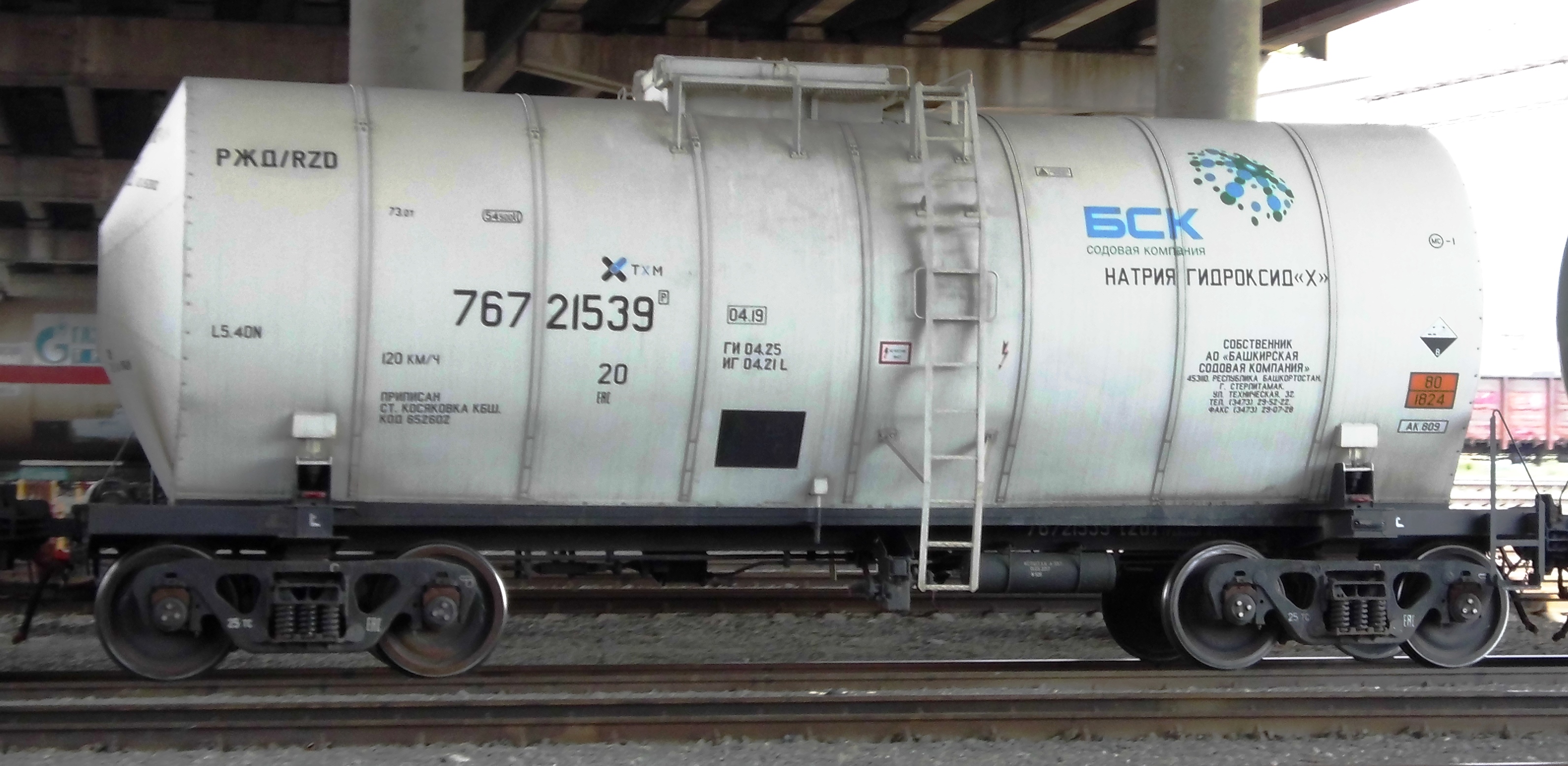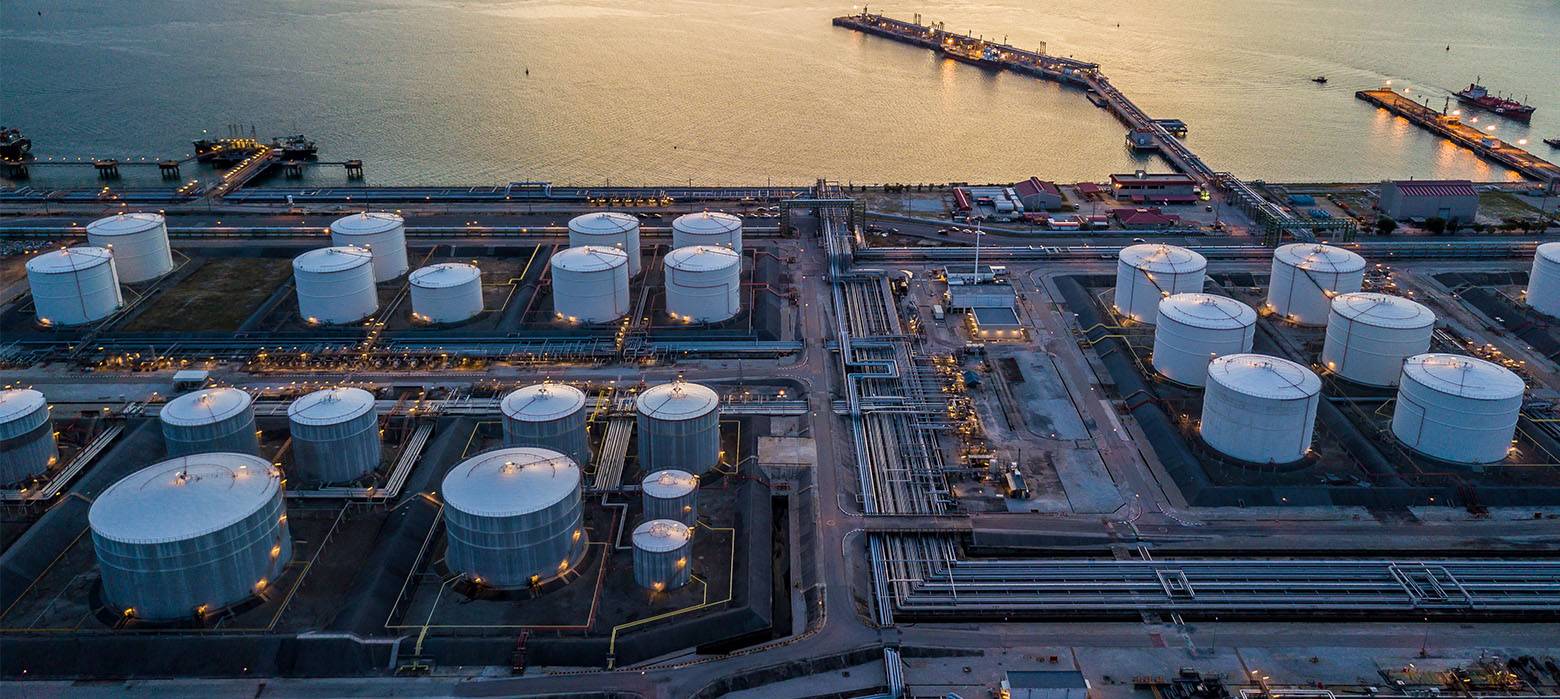
- admin
- August 16, 2019
A Complete Guide on Sodium Hydroxide Storage Requirements
Sodium Hydroxide in its pure form is a white-colored solid that is usually found in flakes, granules, or pellets.
Usually, it is used as a solid or 50% solution. In its liquid form, it is colorless and denser than water. Being a strong base, Sodium Hydroxide is highly corrosive and reactive in nature.
In its liquid state, it reacts vigorously with metals, such as Aluminum, Magnesium, Copper, and Zinc. It also reacts vigorously with human skin and eyes.
Exposure to Sodium Hydroxide only for a few seconds can cause permanent damage to the optic nerves.
Experts have suggested that this chemical compound often becomes slippery and corrodes the weak portions of the Sodium Hydroxide storage tank, thereby causing multiple leaks.
This means you must take necessary steps to handle the compound safely and store properly.
In this blog, we have highlighted some of the challenges that you may face while storing Sodium Hydroxide, and the measures you should take in order to store it properly.
Challenges when storing Sodium Hydroxide
Due to its corrosive and slippery nature (approximately 79 mPas at 68 degrees F), storing sodium hydroxide in industrial storage tanks is a bit tricky.
So, make sure to measure the pros and cons of your storage options. Always consider the following –
1. Temperature – Temperature is one of the crucial parameters. If a proper temperature is not maintained, the chemical will crystallize and turn solid.
This can lead to unnecessary wastage and damage to the storage tank itself. Experts opine that a minimum of 60-degree Fahrenheit must be maintained.
2. Secondary Containment – Sodium Hydroxide often leads to environmental hazards. That’s why secondary containment is an absolute necessity.
Make sure to surround the primary storage container to collect any spillage of Sodium Hydroxide.
How should Sodium Hydroxide be stored?
Here’s a step-by-step guide on how you can properly store sodium hydroxide.
• Studies have revealed that sodium hydroxide should always be stored in a 1.9 specific gravity Sodium Hydroxide storage tank.
The material of the tank components must be pvc/cpvc or 316ss for piping and fittings, EPDM for gaskets, and 316ss for bolts.
• The storage temperature must be below 100-degree Fahrenheit for polyethylene tanks and beneath 120-degree Fahrenheit for carbon steel tanks.
• The freezing point and viscosity of Sodium Hydroxide vary with concentration. For concentrated Sodium Hydroxide, it is best to maintain an average temperature above 70-degree Fahrenheit.
This will help prevent freezing and caustic deposition. It’ll also promote fluidity.
• The storage and piping system should have venting or overflow vents with diameters at least four times the inline pipe.
The tank system should have minimum piping runs to prevent freezing and solid deposition.
• Secondary containment measures must be included for every Sodium Hydroxide storage tank. Moreover, the design should be strenuous enough to contain 110% of the total system volume. Double-walled tanks are best-suited for this purpose.
So, here was our in-depth analysis on Sodium Hydroxide storage requirements. We believe it’s always best to use a Sodium Hydroxide storage tank manufactured by a reputable company.
At GSC tanks, we’re a team of highly-dedicated professionals having decades of experience in manufacturing industrial storage tanks of all sorts.
You can get in touch with our experts for expert opinion on the type of tank that would best suit your purpose. All you have to do is, give us a call on 470-589-7790.
- Industrial Storage Tanks
- Sodium Hydroxide
- Sodium Hydroxide Storage Requirements
Category
- Above Ground Fuel Tanks
- Above Ground Gas Storage Tank
- Above Ground Storage Tanks
- Above Ground Water Storage Tanks
- Agricultural Tanks
- Chemical storage Tanks
- Diesel Fuel Storage Tanks
- Diesel Storage Tanks
- Exernal FloatingRoof Tanks
- Farm Water Tank
- Fiberglass Oil Tanks
- Fiberglass Septic Tanks
- Fiberglass Tanks
- Fiberglass Underground Fuel Storage Tanks
- Field Erected Tanks
- Floating Roof Tank
- Food and Beverage Tanks
- Fuel tank
- Industrial Chemical Storage Tanks
- Industrial Gas Tanks
- Industrial Plastic Tanks
- Industrial Storage Tanks
- Industrial Tank heating pads
- industrial tanks
- Natural gas
- Natural gas vs Propane
- oil storage tank
- Oil Storage Tanks
- Peracitic Acid
- Petroleum Tanks
- Residential gasoline storage tanks
- Residential Water Storage Tanks
- Sodium Hydroxide Storage Requirements
- Sodium Hypochlorite Storage Tanks
- Steel Storage Tanks
- storage tank failure prevention
- Storage Tanks
- Sulfuric Acid Tanks
- Uncategorized
- UnderGround Storage Tanks
- Waste water tank
- Water Storage Tanks

 Tank Size Calculator
Tank Size Calculator






